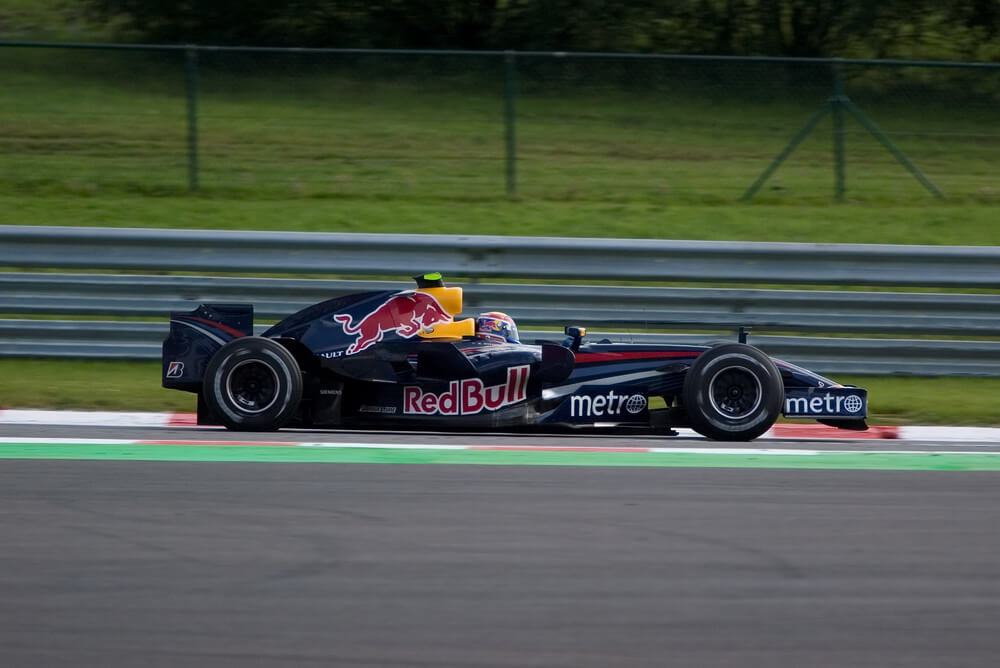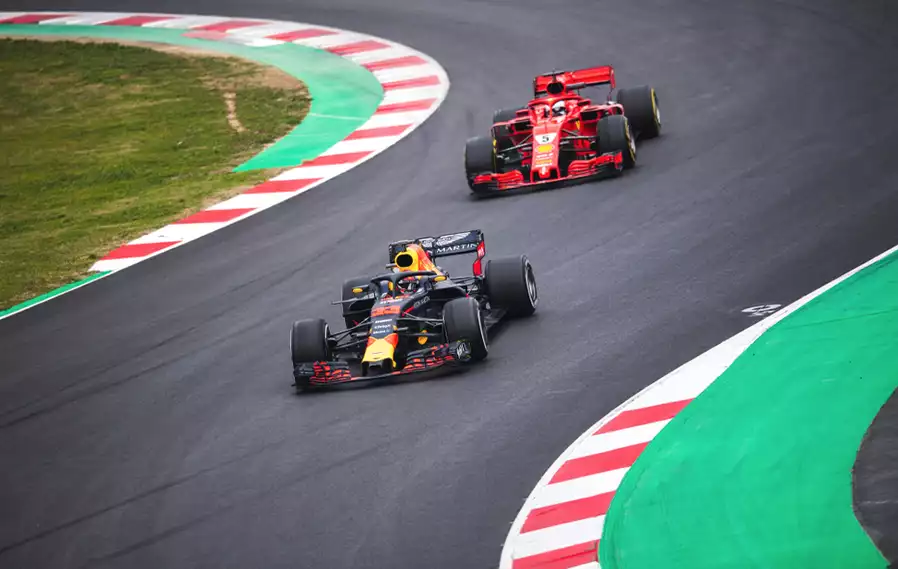Formula One racing is a sport that is constantly evolving, with teams always looking for new ways to gain an advantage over their rivals. One area where this is particularly true is in the management of a car’s heat cycle. Heat cycles play a critical role in a car’s performance during a race, and understanding how to optimize them can make all the difference in a team’s success.
In this article, we will take a closer look at the concept of heat cycles in Formula One, their importance, and how they can be optimized for maximum performance.
Table of Contents
Watch this video to learn more about the heat cycle in F1.
What is a Heat Cycle in Formula One?
In Formula One, a heat cycle refers to the process of managing a tire’s temperature during a race. Tires are a critical component of a car’s performance, and their temperature can have a significant impact on their grip, durability, and overall performance. During a race, a tire’s temperature can fluctuate significantly, depending on a range of factors such as track conditions, tire compound, and driving style. To optimize a tire’s performance, it is crucial to maintain its temperature within an ideal range.
How a tire’s temperature affects its performance
Tires have a specific temperature range in which they perform optimally. If a tire’s temperature is too low, it can lead to reduced grip, which can cause a driver to lose control of their car. On the other hand, if a tire’s temperature is too high, it can lead to excessive wear and tear, reducing the tire’s lifespan and impacting its performance. Maintaining a tire’s temperature within the ideal range is essential to achieve maximum performance while also prolonging the life of the tire.
How a tire’s heat cycle is measured
In Formula One, the temperature of a tire is measured using a variety of tools and techniques. One of the most common methods is to use infrared sensors, which can measure the temperature of a tire’s surface in real-time. Teams also use data from tire pressure sensors, which can provide additional insights into a tire’s performance and help identify potential issues before they become more significant problems.
The Ideal Heat Cycle
To optimize a tire’s performance, it is essential to maintain its temperature within an ideal range. There are several factors that can influence a tire’s heat cycle, including track conditions, weather, tire compound, and driving style. The ideal temperature range for tires during a race is typically between 90 and 110 degrees Celsius, although this can vary depending on the specific conditions of the race.
Factors that influence a tire’s heat cycle
The temperature of a tire is influenced by a range of factors, including the type of tire compound used, the pressure of the tire, the track temperature, and the driving style of the driver. For example, softer tire compounds tend to generate more heat, while harder compounds require more heat to reach their optimal performance range. Similarly, aggressive driving styles that involve frequent braking and accelerating can cause a tire’s temperature to fluctuate rapidly, making it more difficult to maintain an optimal heat cycle.
Effects of over or underheating on tire performance and longevity
Overheating or underheating a tire can have a significant impact on its performance and longevity. If a tire is overheated, it can lead to excessive wear and tear, reducing the tire’s lifespan and impacting its performance. Similarly, if a tire is underheated, it can lead to reduced grip, which can cause a driver to lose control of their car. Maintaining a tire’s temperature within the ideal range is crucial to achieve maximum performance while also prolonging the life of the tire.
How Teams Manage Heat Cycles
Managing a tire’s heat cycle is a critical aspect of a Formula One team’s strategy during a race. Teams use a range of techniques and tools to manage their tires’ temperature, including tire blankets, tire pressure monitoring systems, and real-time data analysis.
Tire Blankets
Tire blankets are a critical tool used by Formula One teams to manage their tires’ temperature during a race. They are essentially heated covers that are placed on the tires to keep them warm and maintain their temperature between races. By using tire blankets, teams can ensure that their tires are at the optimal temperature when they are installed on the car, giving the driver maximum grip and performance right from the start of the race.
Tire Pressure Monitoring Systems
Tire pressure monitoring systems (TPMS) are another critical tool used by teams to manage their tires’ temperature during a race. TPMS provide real-time data on a tire’s pressure and temperature, allowing teams to monitor their tires’ performance and make adjustments as necessary. By analyzing this data, teams can identify potential issues before they become more significant problems, allowing them to optimize their tire performance throughout the race.
Real-time Data Analysis
In addition to tire blankets and TPMS, teams also use real-time data analysis to manage their tires’ temperature during a race. By analyzing data on factors such as track conditions, weather, and tire performance, teams can make strategic decisions about when to pit and which tire compounds to use. Real-time data analysis also allows teams to make adjustments to their driving style and overall race strategy, optimizing their performance throughout the race.

Frequently Asked Questions
What is a heat cycle in Formula One?
Why is tire temperature so important in Formula One?
What is the optimal tire temperature range for Formula One racing?
How do Formula One teams manage their tires' temperature during a race?
Conclusion
Heat cycles are a critical aspect of Formula One racing, and optimizing them can make all the difference in a team’s success. By understanding the ideal temperature range for tires during a race and the factors that influence a tire’s heat cycle, teams can make strategic decisions about tire compounds, driving style, and race strategy. By using tools such as tire blankets, TPMS, and real-time data analysis, teams can optimize their tire performance throughout the race, giving them the best chance of success. As Formula One racing continues to evolve, heat cycle management will remain a critical area of focus for teams looking to gain an edge over their rivals.
Article sources
Learn more about Formula One
Want to learn more about F1? Then visit our Formula 1 glossary and dictionary.



